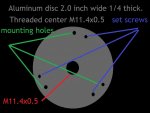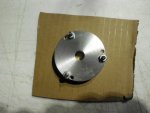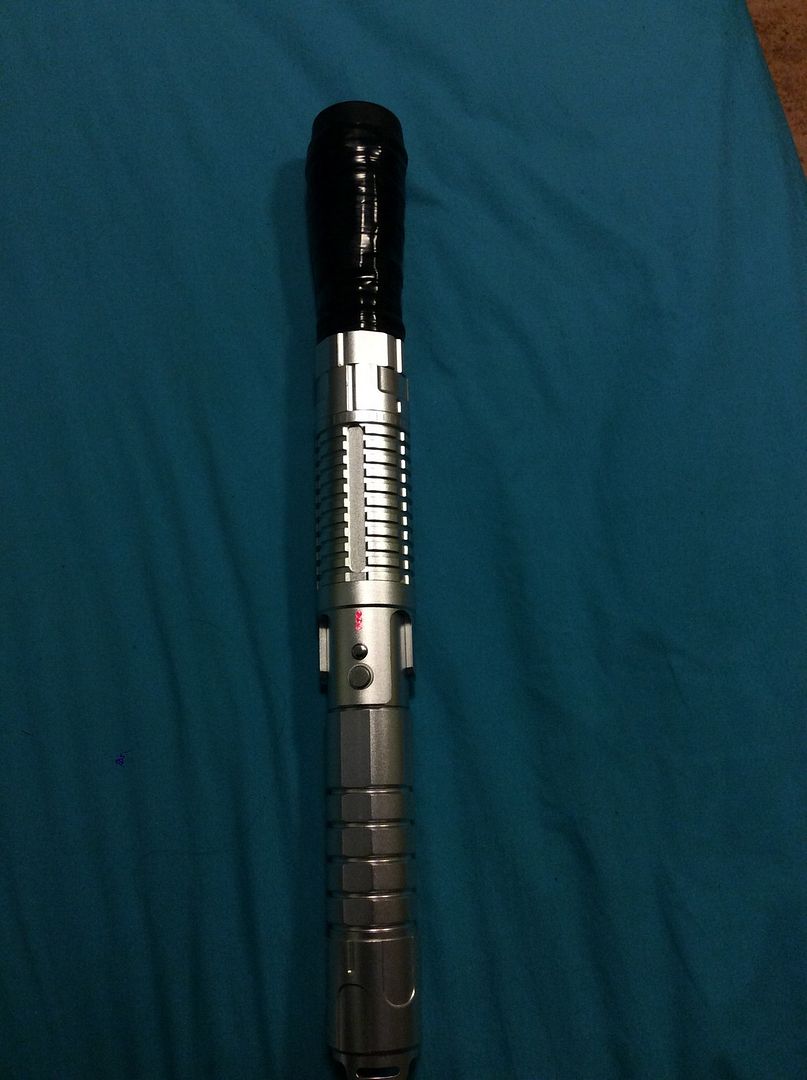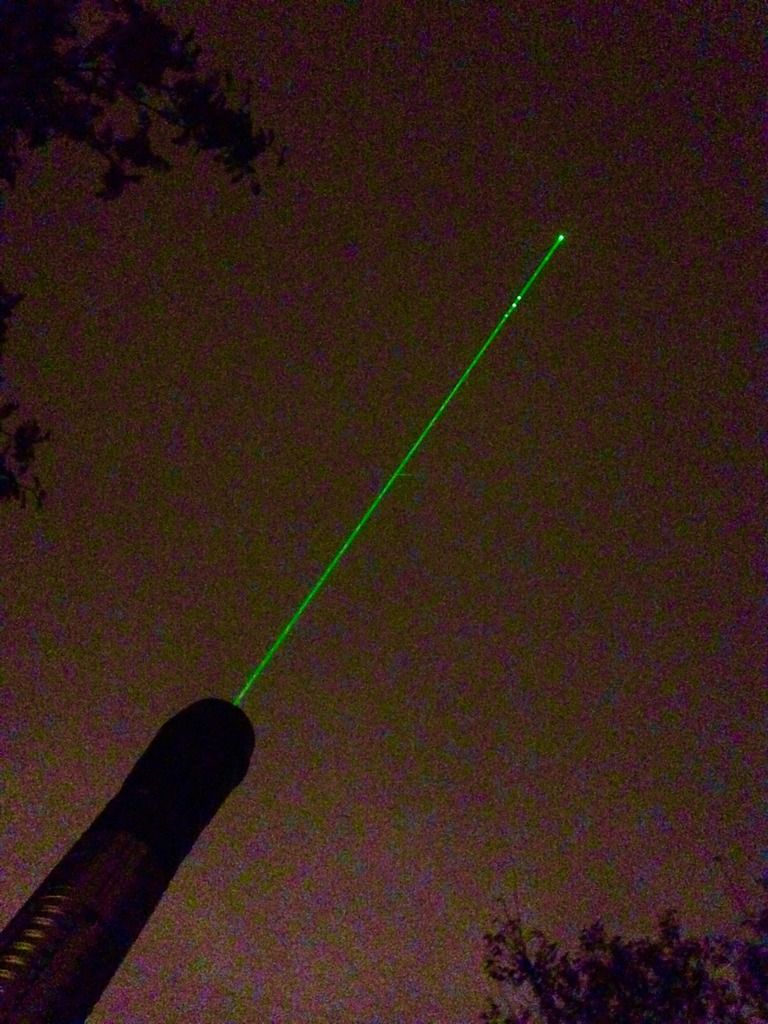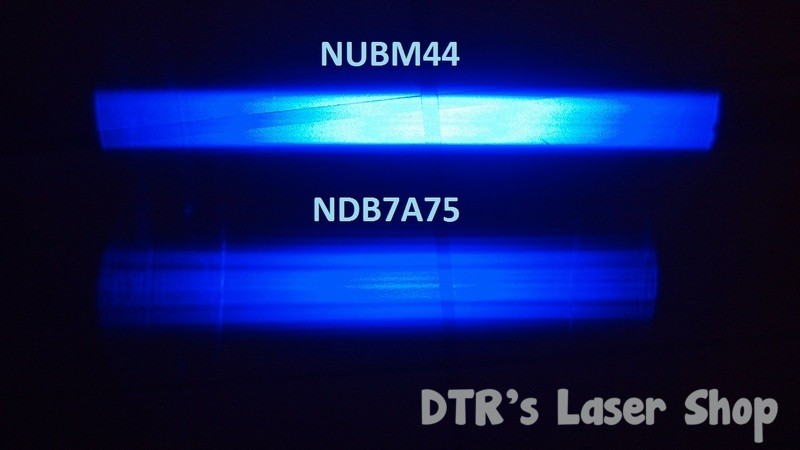Alaskan
0
- Joined
- Jan 29, 2014
- Messages
- 12,025
- Points
- 113
I've been interested in using binoculars too, but they all have prisms in them to turn the image back upright and cause extra loss, right?
On the multidiode host, I have one with RGB diodes in it but find aligning the beams to be perfectly parallel a challenge, I can get them close, but not perfect. If you have a mutidiode host built, better include some adjustment mechanism to be able to align them, or maybe expand them all together into a common output lens if you want to make white, or close to white. I want to do that myself someday with just three diodes but I need a host head which allows me to get the individual diodes as close as possible together in the center without using aixiz modules, machined to directly insert the diodes into the head next to one another, otherwise if spaced even a half inch the beams shoot out in highly different directions if going through a common collimation lens. However, I believe if you use a very large collimation lens, I'm talking six inches diameter (150mm) or more, the center of the lens is flat enough that the beams might not separate much, even if spaced a half inch, so that might work for me. Also, if expanded enough, I am hoping the beams won't look like they are separate and overlap but there is another problem, each color has a slightly different focal point through a simple PCX lens. Maybe if I can find a acromatic PCX lens with two or three sections glued together the R,G,B' colors won't be at different focal points. The focal distance problem for the different wave lengths in cameras is called chromatic aberration, it's the same problem when using a single lens for three different colors in a laser pointer too.
When thinking about using such a large output lens of several inches, it's like; oh man, that's too wide, my beam will be diluted too much! But, if you do the calculations for how wide a beam becomes due to divergence, even with a 1.2 mRad DPSS laser which is considered to have low divergence, you will find the beam gets wider than six inches in less than 500 feet and after five miles is huge, compared to the thin little beam it was leaving your pointer to start, so a six inch beam expander really isn't that big, and keeps the beam fairly narrow for a long distance. Use this online calculator to see what I mean: http://tinyurl.com/spotsize
For example, a 1.2mRad 3mm diameter laser pointers beam will be over 12 inches wide after just 1000 feet! Compare that to using a six inch wide output lens with the beam expanded to fill most of it, after 500 feet the beam is only about a half inch wider, after 1000 feet only about one inch wider; a small fraction of expansion compared to a normal pointers expansion from the effect of divergence. When pointing into the night sky with our average 1.2 to 1.5 mRad divergence laser pointers the beam looks like it goes on forever as a small diameter beam, it isn't, its getting wider fast, you just can't tell from your own vantage point with the laser.
Phew... I didn't mean to write a book on this one post... just some food for thought.
On the multidiode host, I have one with RGB diodes in it but find aligning the beams to be perfectly parallel a challenge, I can get them close, but not perfect. If you have a mutidiode host built, better include some adjustment mechanism to be able to align them, or maybe expand them all together into a common output lens if you want to make white, or close to white. I want to do that myself someday with just three diodes but I need a host head which allows me to get the individual diodes as close as possible together in the center without using aixiz modules, machined to directly insert the diodes into the head next to one another, otherwise if spaced even a half inch the beams shoot out in highly different directions if going through a common collimation lens. However, I believe if you use a very large collimation lens, I'm talking six inches diameter (150mm) or more, the center of the lens is flat enough that the beams might not separate much, even if spaced a half inch, so that might work for me. Also, if expanded enough, I am hoping the beams won't look like they are separate and overlap but there is another problem, each color has a slightly different focal point through a simple PCX lens. Maybe if I can find a acromatic PCX lens with two or three sections glued together the R,G,B' colors won't be at different focal points. The focal distance problem for the different wave lengths in cameras is called chromatic aberration, it's the same problem when using a single lens for three different colors in a laser pointer too.
When thinking about using such a large output lens of several inches, it's like; oh man, that's too wide, my beam will be diluted too much! But, if you do the calculations for how wide a beam becomes due to divergence, even with a 1.2 mRad DPSS laser which is considered to have low divergence, you will find the beam gets wider than six inches in less than 500 feet and after five miles is huge, compared to the thin little beam it was leaving your pointer to start, so a six inch beam expander really isn't that big, and keeps the beam fairly narrow for a long distance. Use this online calculator to see what I mean: http://tinyurl.com/spotsize
For example, a 1.2mRad 3mm diameter laser pointers beam will be over 12 inches wide after just 1000 feet! Compare that to using a six inch wide output lens with the beam expanded to fill most of it, after 500 feet the beam is only about a half inch wider, after 1000 feet only about one inch wider; a small fraction of expansion compared to a normal pointers expansion from the effect of divergence. When pointing into the night sky with our average 1.2 to 1.5 mRad divergence laser pointers the beam looks like it goes on forever as a small diameter beam, it isn't, its getting wider fast, you just can't tell from your own vantage point with the laser.
Phew... I didn't mean to write a book on this one post... just some food for thought.
Last edited:








